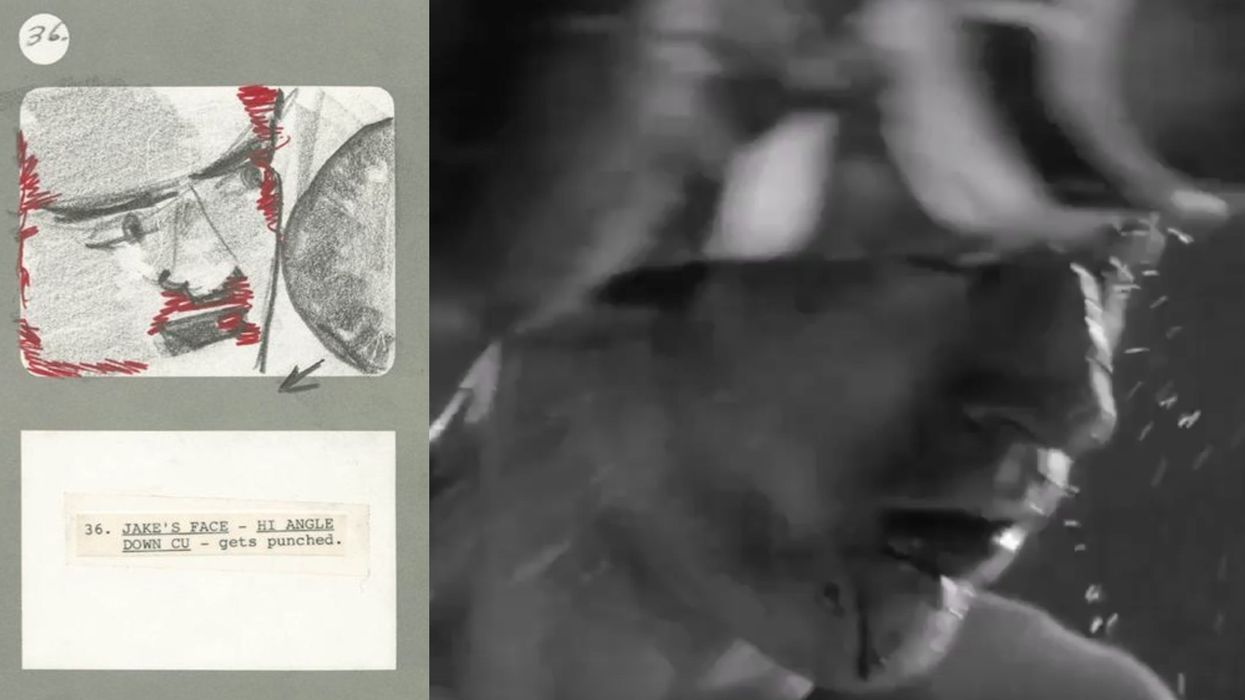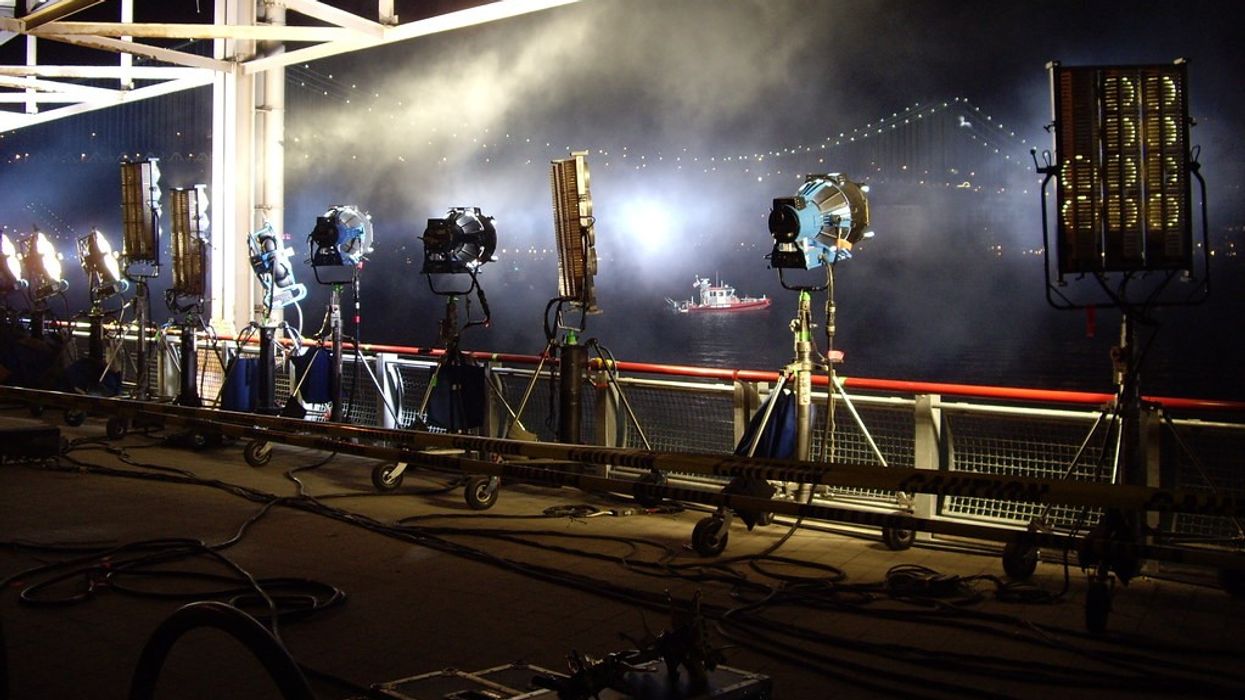Check Out Martin Scorsese's Storyboards for This Classic 'Raging Bull' Sequence
Raging Bull is known in part for its excellent improvisation, but this sequence was precisely planned.

One of the things we easily forget about directing is that it requires many disciplines to merge, and some of the best directing doesn't come down to one methodology but more likely a hybrid.
Thanks to Farout Magazine and Cinephilia & Beyond, we can take a look at Martin Scorsese's hand-drawn storyboards for Raging Bull, specifically from the pivotal and unforgettable fight between Jake LaMotta and Sugar Ray Robinson. Looking at how Scorsese planned the sequence, and literally delivered that exact plan in the final edit, is a master class in pre-visualization all it's own.
But before we get to the images in question, we should contextualize the movie itself. And look for further than the in-depth "DVD special feature-esque" story on Cinephilia & Beyond for every little detail.
Scorsese was coming off the failure of a big expensive movie, New York, New York, and he was in a bit of a personal crisis. It's clear he took all that with him into Raging Bull, it comes through in his throwing everything he had at the celluloid and the character of Jake Lamotta.
"Drawing the storyboards is my way of visualizing the entire film before I shoot it." - Martin Scorsese
Raging Bull is just one of those rare cinematic achievements partly due to timing that can't be replicated. You'd never know from watching it that Scorsese had no interest in boxing. It's a character study, artfully done in some of the most gorgeous black and white photography of all time. We watch a man consumed by his own demons, destroying himself and everything around him. Somehow finding a way to survive. After seeing the movie, the real LaMotta asked his wife, "was I really that bad?"
She replied, "You were worse."
Robert DeNiro was at his "method best," but it featured peak work of some of filmmaking's other great artists. Editor Thelma Schoonmaker helped craft some of the powerful scenes from the memorable improvisations that came from DeNiro and Joe Pesci. Paul Schrader helped adapt LaMotta's own book. Legendary DP Michael Chapman lensed it.
Is it any accident we've written about each of these people individually at great length in the past? But while we're at it, let's get more insight into Chapman's process on Raging Bull.
It was a team of great talent working together in their primes on a movie that was full of subtext, vision, and artistic flourishes.
But what about those storyboards!
Scorsese is a genius in his ability to shift gears. He can plan a sequence to a "T" complete with preselected music, or he can let his actors have at it and later explore the punctuations of the scene in the edit bay. In Raging Bull, his ability to do this, and to lean on the combined skills of the people he worked with, was never more apparent.
Which brings us to THAT sequence...
The movie is famous for many things, but one sequence really stands out: When Jake LaMotta is pummeled by rival Sugar Ray Robinson. It's right up there with the Psycho shower scene. Check out the boards (from Cinephelia & Beyond), and then watch the sequence. You can literally see what Scorsese is talking about when he said, "Drawing the storyboards is my way of visualizing the entire film before I shoot it."










There is so much to learn from how the very great filmmakers went about their planning and collaborated with their casts and crews. It's a treat to be able to look at Scorsese's original visual plan and compare it to the finished product. Not every scene or sequence requites this type of planning, but it makes sense for filmmakers to identify the ones that do and proceed accordingly.
As Marty proves, you don't more than a pencil and paper to pre-vis the greatest sequences of all time -- but that doesn't mean you can't also rely on the types of amazing software available to filmmakers today. Storyboarder, for example, is free and you can use to start planning now.
So what are you waiting for? Give us the next LaMotta vs. Sugar Ray sequence!
Source: Cinephilia & Beyond











